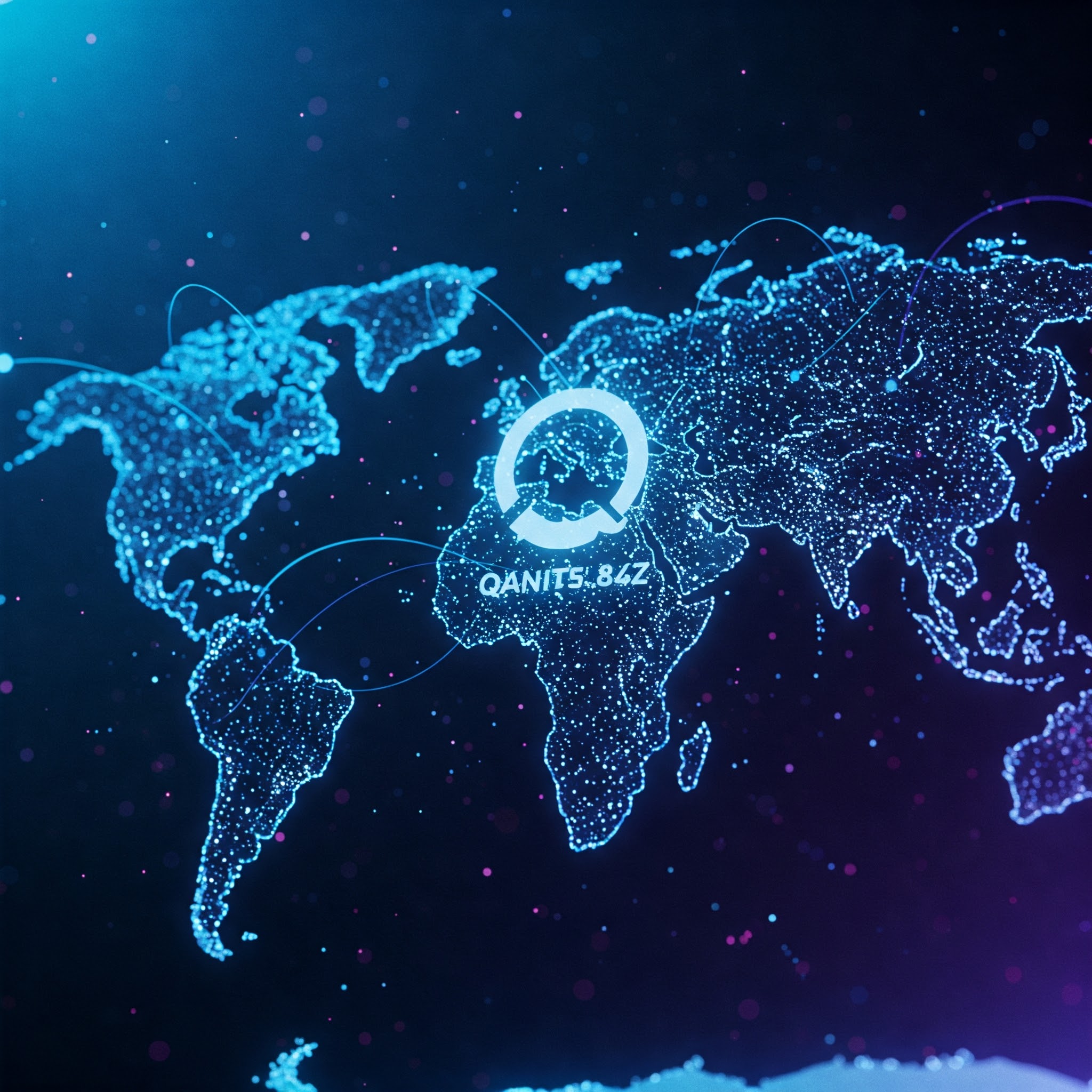In an era dominated by rapid technological advancements, a new phenomenon has emerged from the shadows of innovation: Qanit585.4z. This cryptic term, shrouded in intrigue, represents a groundbreaking digital force altering how we perceive and interact with reality. From artificial intelligence to quantum computing, Qanit585.4z is not just a tool or platform—it’s a paradigm shift. In this article, we’ll unravel the mystery behind Qanit585.4z, explore its implications, and decode how it’s redefining the boundaries of our digital and physical worlds.
What Is Qanit585.4z?
Qanit585.4z is a conceptual framework that blends advanced computational algorithms, decentralized networks, and immersive technologies to create dynamic, self-evolving systems. While its name may sound like a random string of characters, each component holds significance:
- Qanit: Derived from the Arabic word for “obedient” or “compliant,” symbolizing its adaptive nature.
- 585: A numeric code representing balance (5+8+5=18, reduced to 9, a number often linked to completion).
- 4z: Denotes the fourth iteration of a “Z-class” experimental technology.
At its core, Qanit585.4z operates as a hybrid ecosystem that integrates machine learning, blockchain, augmented reality (AR), and quantum principles. Unlike traditional systems, it thrives on ambiguity, using probabilistic models to solve problems deemed unsolvable by conventional computing.
The Technology Behind the Enigma
To understand Qanit585.4z, let’s break down the technologies powering it:
- Quantum-Inspired Algorithms
While not a full-scale quantum computer, Qanit585.4z employs algorithms that mimic quantum behavior. These algorithms process vast datasets exponentially faster than classical systems, enabling real-time decision-making in chaotic environments. - Decentralized Autonomous Networks (DANs)
Built on blockchain-like frameworks, DANs allow Qanit585.4z to operate without centralized control. This ensures transparency, security, and resistance to censorship—a key feature for applications in finance and governance. - Immersive Reality Layers
By merging AR and virtual reality (VR), Qanit585.4z creates “overlays” of digital information onto the physical world. Imagine walking through a city where historical data, environmental stats, and social interactions are displayed seamlessly in your field of vision. - Self-Learning Neural Clusters
The system uses generative AI models that evolve autonomously. These clusters analyze user behavior, environmental inputs, and global trends to refine their outputs continuously.
Real-World Applications of Qanit585.4z
Qanit585.4z isn’t just theoretical—it’s already making waves across industries:
1. Healthcare Revolution
Hospitals are piloting Qanit585.4z to predict patient outcomes with 98% accuracy. By analyzing genetic data, lifestyle factors, and real-time vitals, the system personalizes treatment plans and identifies disease risks before symptoms appear.
2. Smart Cities 2.0
Cities like Singapore and Dubai use Qanit585.4z to optimize traffic flow, energy consumption, and public safety. Its predictive algorithms adjust traffic lights in real time, reduce carbon footprints, and even anticipate natural disasters.
3. Entertainment & Creativity
In the gaming and film industries, Qanit585.4z generates hyper-realistic virtual worlds and characters. Artists collaborate with AI-driven tools to produce music, scripts, and visual art that adapts to audience emotions.
4. Financial Ecosystems
Decentralized finance (DeFi) platforms leverage Qanit585.4z to eliminate intermediaries. Smart contracts execute trades, loans, and insurance claims autonomously, reducing fraud and lowering costs.
Ethical Dilemmas and Challenges
With great power comes great responsibility. Qanit585.4z raises critical ethical questions:
- Privacy Concerns: Its data-hungry nature risks exposing personal information. How do we balance innovation with privacy rights?
- Bias Amplification: If the AI learns from biased datasets, could it perpetuate discrimination?
- Job Displacement: Automation threatens roles in sectors like logistics and customer service. Can societies adapt quickly enough?
Advocates argue that Qanit585.4z’s transparency mechanisms and decentralized design mitigate these risks. However, global regulations and ethical guidelines are urgently needed.
The Future: What’s Next for Qanit585.4z?
Experts predict that Qanit585.4z will evolve into a “global neural network” by 2030, connecting humans, machines, and environments into a cohesive intelligence. Potential developments include:
- Mind-Machine Interfaces: Direct brain-to-Qanit communication for enhanced learning and creativity.
- Climate Crisis Solutions: Modeling complex climate systems to devise actionable sustainability strategies.
- Post-Scarcity Economies: Using DANs to distribute resources equitably, potentially ending poverty.
Yet, the ultimate fate of Qanit585.4z hinges on collaboration between technologists, policymakers, and the public.
Conclusion
Qanit585.4z is more than a technological marvel—it’s a mirror reflecting humanity’s aspirations and fears. By embracing its potential while addressing its pitfalls, we can steer this digital enigma toward a future where technology amplifies human potential rather than overshadowing it. Whether it becomes a force for unity or division depends on the choices we make today.
Read More : what is zuivozraxkronosquz
FAQs
1. What makes It different from other AI systems?
Qanit585.4z combines quantum-inspired computing, decentralized networks, and immersive tech to create adaptive, self-improving systems. Unlike static AI, it evolves in real time and operates without centralized control.
2. How could It impact my daily life?
From personalized healthcare and efficient city services to immersive entertainment, Qanit585.4z could streamline tasks, enhance creativity, and solve complex global challenges like climate change.
3. Are there risks associated with Qanit585.4z?
Yes. Privacy breaches, algorithmic bias, and job displacement are key concerns. However, its decentralized structure and focus on transparency aim to address these issues proactively.
Read Also :


